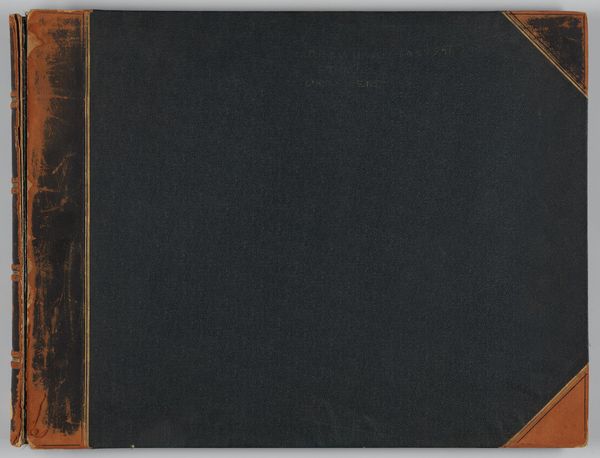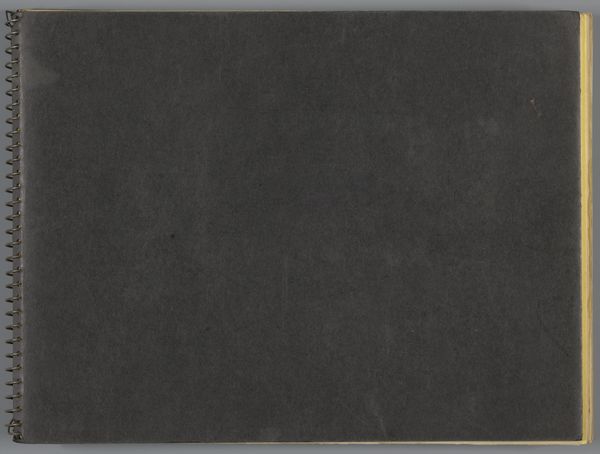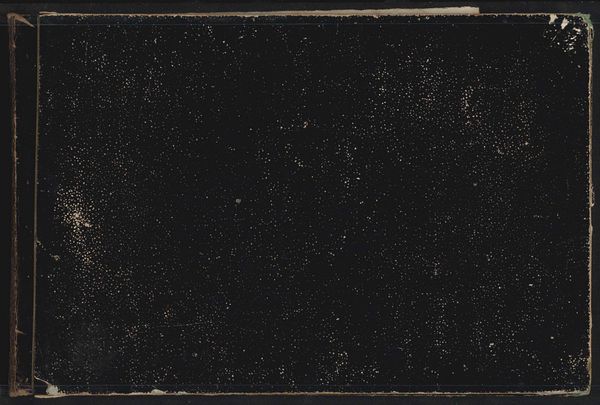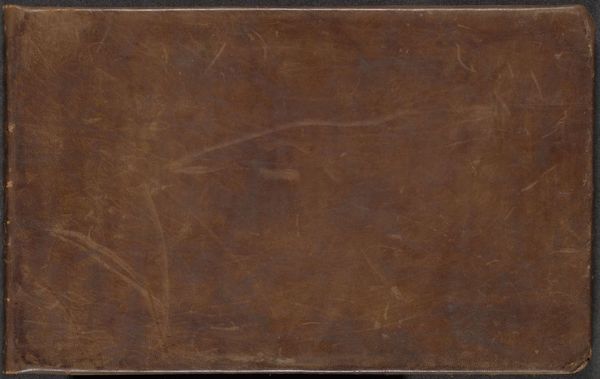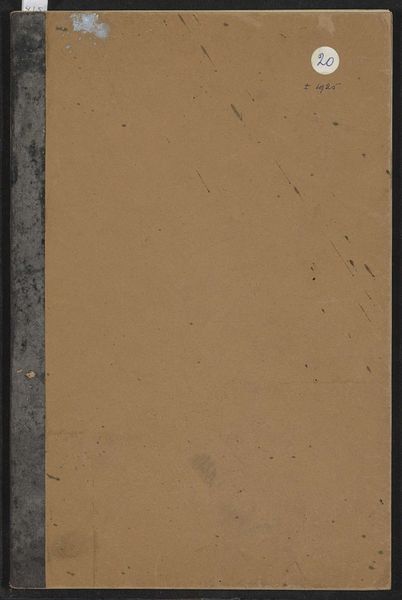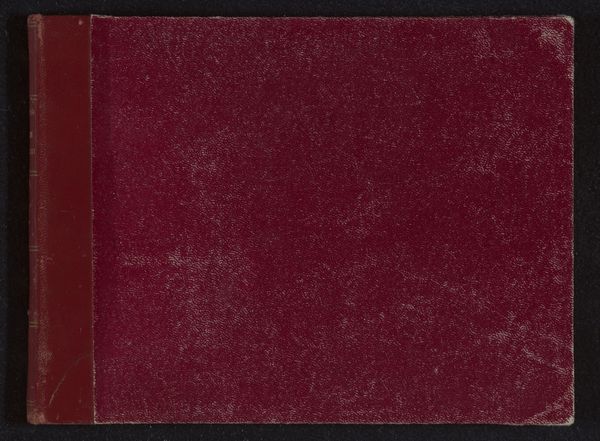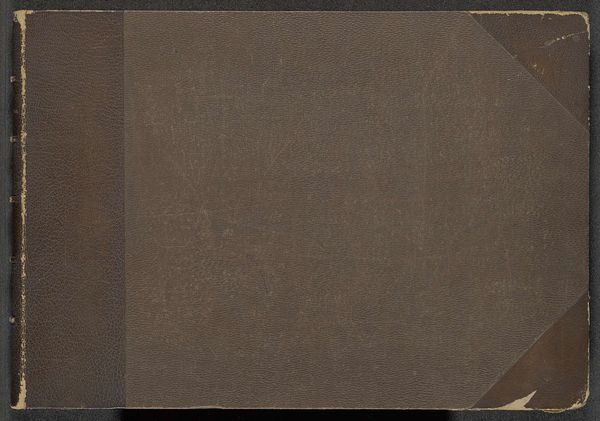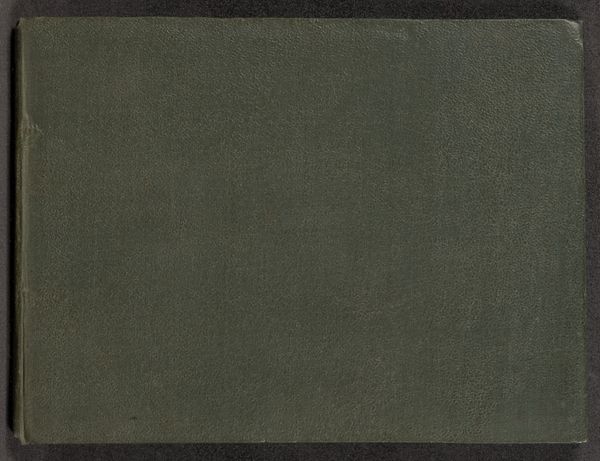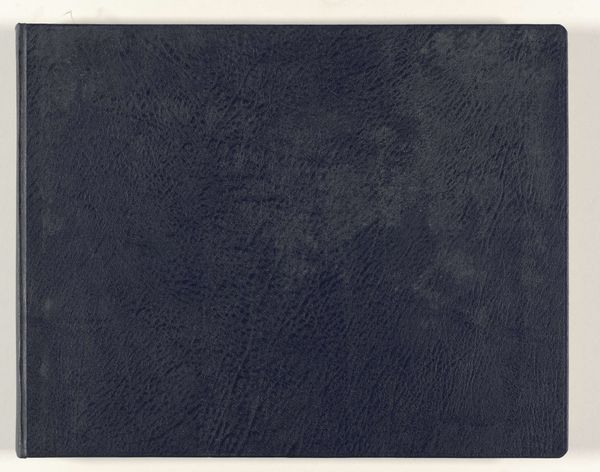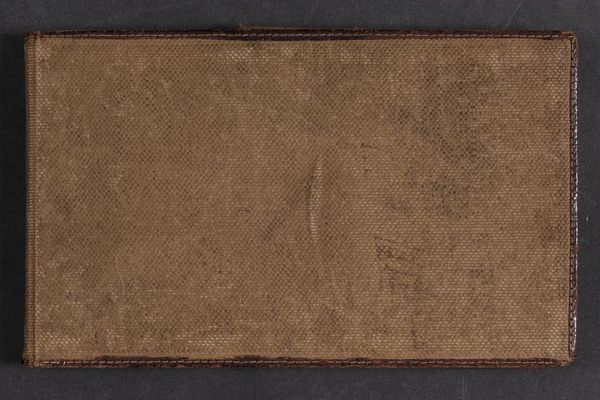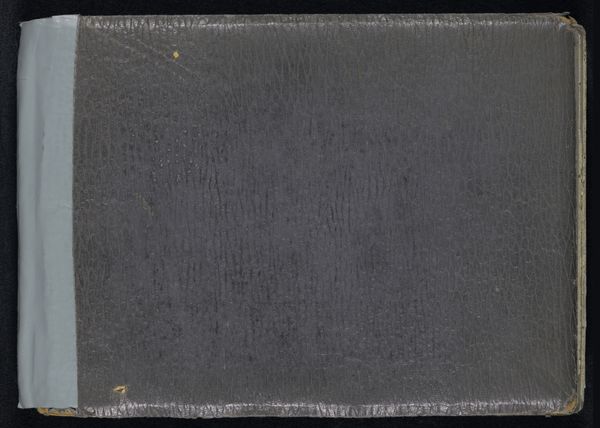
collage, photography
#
collage
#
worn
#
book
#
textured
#
detailed texture
#
photography
#
texture
#
organic texture
Dimensions: height 230 mm, width 680 mm, width 341 mm, thickness 35 mm
Copyright: Rijks Museum: Open Domain
Editor: Here we have a photograph of "Reisalbum met veertig foto's van Nederlands-Indië" or "Travel Album with Forty Photographs of the Dutch East Indies", dating roughly between 1900 and 1930. It appears to be a collage of photographs, assembled in an album. It looks so worn. What’s the story behind this piece? Curator: It’s the album cover we’re viewing, not a collage, and that texture speaks volumes, doesn’t it? Think about what "Dutch East Indies" signifies: a period of Dutch colonial rule. The album, weathered and worn, becomes a material witness to that complex history. Editor: So, its physical condition mirrors a troubled history? Curator: Precisely. This isn’t just an album of pretty pictures. It prompts us to ask: Whose gaze is dominant? Who is represented, and how? What narratives are being constructed, and what are left out? What are your thoughts about these questions in relation to photography of this period? Editor: It's unsettling to consider these beautiful landscapes and portraits were captured within an oppressive colonial context, which means, we could question every image inside the book. Curator: Exactly. And what does it mean to preserve such an object today? Does it become a tool for critical engagement with our colonial past? Or does it risk perpetuating harmful stereotypes? How do we balance documentation with the need for ethical representation? Editor: It sounds like we must look at the whole context, including its colonial roots, to decode how photography, and even just the album itself, can speak volumes about a specific time and culture. Thanks! Curator: Indeed! Seeing the materiality as integral to its message really shifts our understanding. There is more than meets the eye, always.
Comments
No comments
Be the first to comment and join the conversation on the ultimate creative platform.
